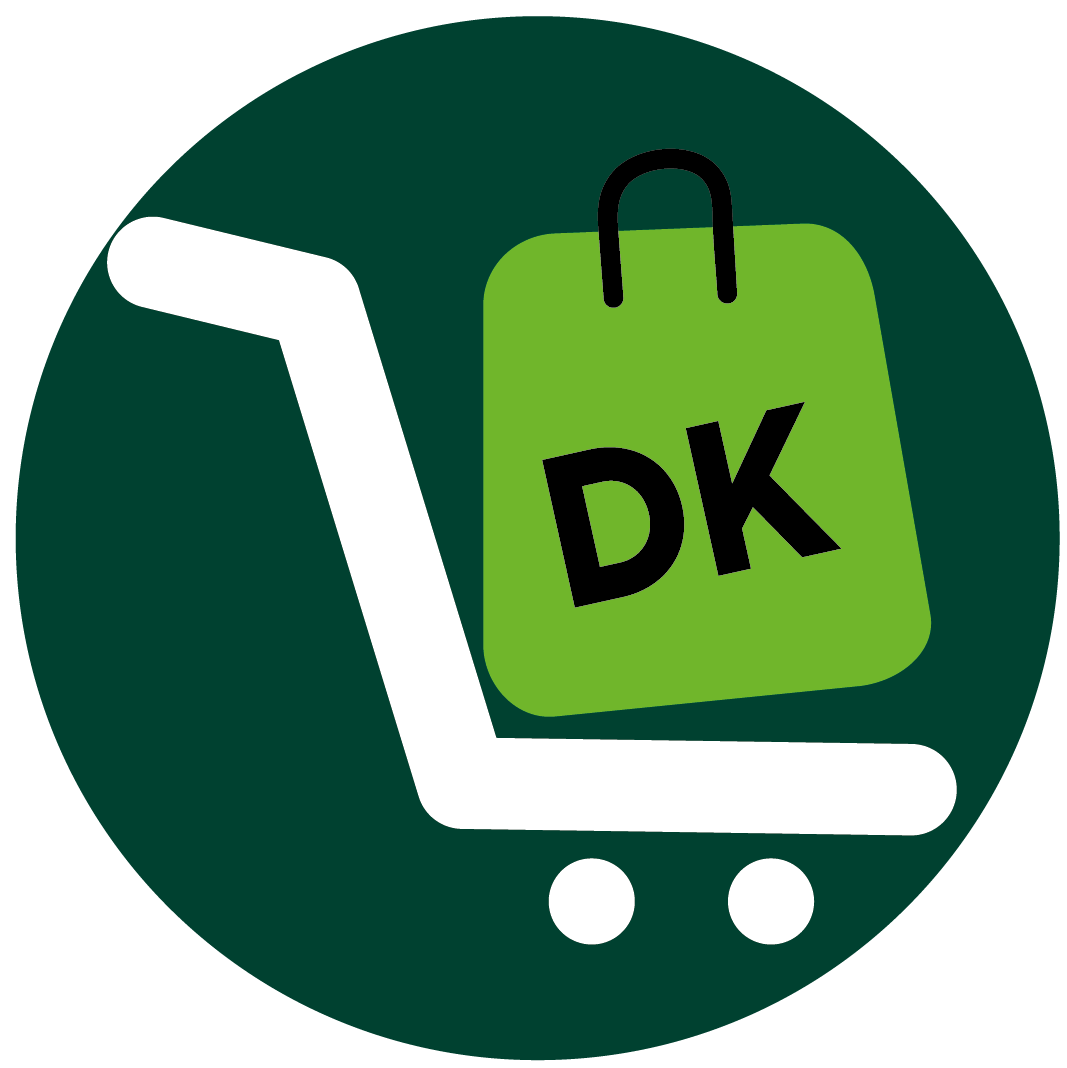Dropshipping is a prevalent e-commerce business strategy in which you can sell things without the need to store or transport them personally. Instead, you collaborate with a supplier who manages the inventory and performs the fulfilment process on your behalf. By adopting this approach, you can give attention to marketing and customer service, while simultaneously reducing the expenditure of time and resources on logistical operations.
One of the most important aspects of running a successful dropshipping business is pricing your products correctly. Pricing affects not only your profit margins, but also your brand image, customer satisfaction, and competitive advantage. You need to find a balance between being attractive to your customers and covering your costs and fees.
This article shows you how to price your products for dropshipping, using different strategies and methods. We will also explain how to calculate your costs and profit margins, how to research your competitors, how to test and optimize your prices, and how to avoid common pricing mistakes. By the end of this article, you will have a clear understanding of how to price your products for dropshipping and achieve your business goals.
Here are some tips and best practices for pricing your products for dropshipping:
1. Do Your Research
2. Calculate Your Costs and Profit Margins
3. Choose a Pricing Strategy for Your Products.
4. Test and Optimize Your Prices
Interested? Go on!
1. Do Your Research
To price your products for dropshipping, ensure you carry out your research. This is an essential step—It will help you find the optimal price that covers your costs, attracts your customers, and beats your competitors. Here are some tips on how to do your research:
Research your product niche
Your niche is the market you target with your offerings. Learn about market demand, trends, opportunities, and obstacles in your product category. Google Trends, Meta Audience Insights, and Dropship.io can help you identify popular items, keywords, challenges, and speciality gaps. You can also check Amazon, eBay, Shopify, Etsy, or AliExpress for specialized product sales, prices, and reviews.
Research your target market
Your target market is the prospective buyers of your goods. Study your target market’s needs, preferences, expectations, and readiness to spend. SurveyMonkey, Typeform, and Hotjar can collect customer feedback, opinions, and behaviour. Use Google Analytics, Dropship.io, or Zik Analytics to analyze website traffic, conversions, and sales. Customer personas can describe your ideal customers’ traits, goals, and pain concerns.
Research your competitors
You compete with companies that sell similar products to your target market. Learn your competitors’ prices, strategies, strengths, and shortcomings. Use Asify, AliTools Shopping Assistant, or Jungle Scout to monitor your competitors’ AliExpress or Amazon products, prices, sales, and reviews. Use SimilarWeb, SEMrush, or Ahrefs to monitor competitors’ websites, traffic, keywords, and ads.
Understand your value proposition
Customers choose your products over competitors because of your value offer. Customers gain from your products. Know your value proposition to justify your price. Lean Canvas or Value Proposition Canvas can help you define and test your value proposition. You can also use tools like Canva, Fiverr, or Upwork to create a value proposition statement or a value proposition infographic that summarizes your value proposition in a clear and compelling manner.
Understand your unique selling point
Your unique selling point (USP) is what sets you, your business, and your products apart from your competitors. It is the feature or advantage that makes your products unique and desirable. Understand your unique selling point to differentiate your products and attract your customers. Use SWOT Analysis or Porter’s Five Forces to determine your USP and competitive position. You can also use Headline Analyzer, CoSchedule, or Hemingway to develop a catchy and short USP statement or headline.
>>>MORE – How to Get Your Product in Stores
2. Calculate Your Costs and Profit Margins
To set prices for dropshipping of products, compute your expenses and profit margins. This will help you determine how much you need to charge your customers to cover your expenses and earn a profit.
To calculate your costs, you need to consider the wholesale price, shipping cost, platform fees, cost of using any additional software or apps to enhance your store and your business, and any other costs that you may incur in running your dropshipping business, such as taxes, refunds, chargebacks, marketing, etc. These costs may vary depending on your location, your niche, and your strategy.
To calculate your profit margins, you need to use the dropshipping profit formula, which is:
Profit margin = (Retail price - Costs) / Retail price x 100%
This formula tells you what percentage of your retail price is your profit. However, this is your gross profit margin, which does not account for your fixed costs, such as platform fees and software. To calculate your net profit margin, which is your actual profit after deducting all your costs, you need to use this formula:
Net profit margin = (Retail price - Costs - Fixed costs) / Retail price x 100%
Your answer is in percentage, and it tells you what percentage of your retail price is your net profit.
Calculating your costs and profit margins is essential for pricing your products for dropshipping. It will help you set a minimum price that covers your expenses and ensures your profitability. It will also help you compare different products and suppliers and choose the ones that offer the best value and quality.
3. Choose a Pricing Strategy for Your Products
To price your products for dropshipping, select a price strategy for your products.
After calculating your costs and profit margins, you need to choose a pricing strategy for your products. A pricing strategy is a method of setting the optimal price for your products based on various factors, such as your costs, your value proposition, your competitors, and your customers.
There are different pricing strategies that you can use for dropshipping, such as cost-based pricing, competitor-based pricing, value-based pricing, and psychological pricing. Each strategy has its advantages and disadvantages, depending on your product niche, target market, and business goals.
>>>GET SMARTER – How To Sell On Printful
4. Test and Optimize Your Prices
To price your products for dropshipping, evaluate and optimize your prices.
After choosing a pricing strategy for your products, you need to test and optimize your prices to ensure that they are effective and profitable. Testing and optimizing your prices involves experimenting and adjusting your prices based on customer feedback, market demand, and competitor actions. By doing so, you can find the optimal price point that maximizes your sales and revenue.
Here are some ways to test and optimize your prices for dropshipping:
Split testing
This is a method of comparing two or more versions of your product price to see which one performs better. You can use tools like Google Optimize or Unbounce to create and run split tests on your website. Split testing can help you measure the impact of your price changes on your conversion rate, average order value, and profit margin.
Surveys
This is a method of collecting customer feedback on your product price and value. You can use tools like SurveyMonkey or Typeform to create and send surveys to your customers. Surveys can help you understand your customers’ willingness to pay, satisfaction, and loyalty.
Analytics
This is a method of tracking and analyzing your pricing performance and metrics. You can use tools like Google Analytics or Dropship.io to monitor and measure your pricing data. Analytics can help you identify your best-selling products, profit margins, customer behavior, and trends.
Competitor research
This is a method of monitoring and analyzing your competitors’ prices and strategies. You can use tools like AliTools Shopping Assistant or Zik Analytics to track and compare your competitors’ prices, products, and reviews. Competitor research can help you stay updated on the market conditions, opportunities, and threats.
Recap
Pricing your products for dropshipping is a vital skill that can make or break your online retail business. You need to find the optimal price that covers your costs, attracts your customers, and beats your competitors, to do this, do your research, calculate your costs and profit margins, price your products for dropshipping, using different strategies and methods, test and optimize your prices.














